Service hotline
+86 0755-83044319
release time:2025-04-14Author source:SlkorBrowse:857
Xinhua News Agency, Hefei, April 11 (Reporter He Xiyue) — On April 11, a critical milestone was achieved in the magnet feeder procurement package of the International Thermonuclear Experimental Reactor (ITER), the world's largest "artificial sun." The final set of inner feeder components for the correction field coils was completed in Hefei and shipped to the ITER site in France, marking the successful completion of all oversized components in the ITER magnet feeder system.
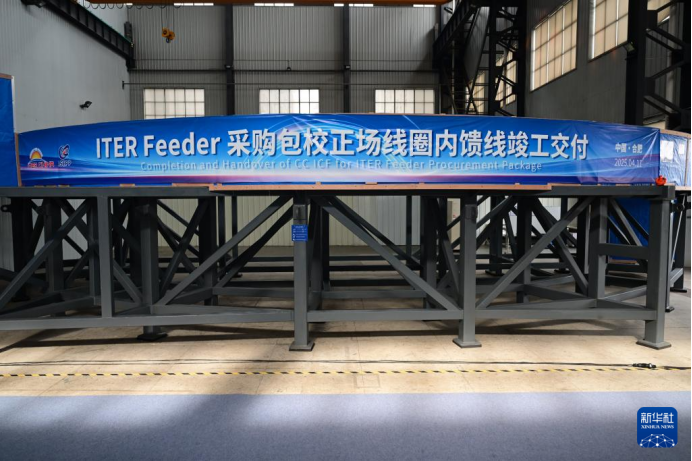
The final set of inner feeder components for ITER's superconducting magnet correction field coils, ready for delivery (photo taken on April 11). Photo by Zhou Mu, Xinhua
The ITER magnet feeder system, developed by the Institute of Plasma Physics (IPP) under the Hefei Institutes of Physical Science, Chinese Academy of Sciences, is hailed as the "lifeline" of ITER's magnet system. The correction field coil inner feeders, the largest components in this system, consist of nine sets of semi-circular structures measuring 16 meters in diameter and 3 meters in height.
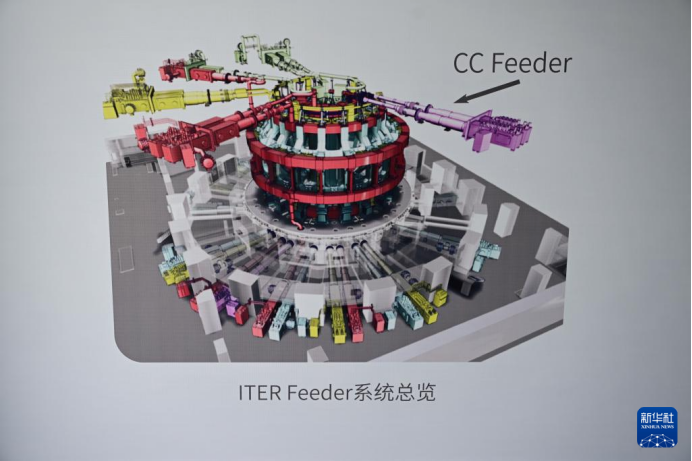
Schematic diagram of ITER's magnet feeder system. Image courtesy of Xinhua
Lu Kun, Deputy Director of IPP, explained that the feeder system is critical for transmitting energy, coolant, and control signals to the fusion reactor's magnets, while also serving as a safety discharge channel for magnetic energy. Entirely designed, manufactured, and tested by IPP, this system represents China's most complex ITER procurement package, comprising 31 sets with a total weight of approximately 1,600 tons.
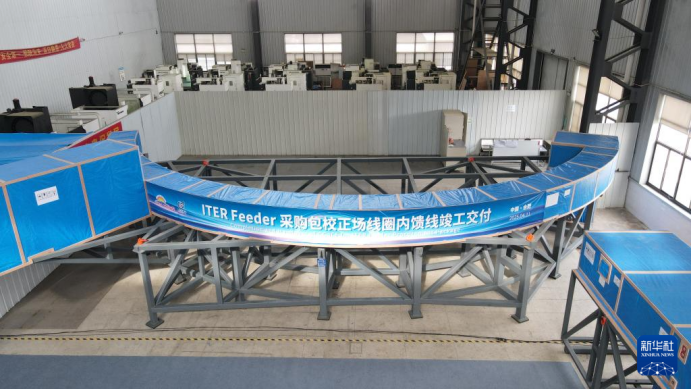
The final set of correction field coil inner feeders, captured by drone (photo taken on April 11). Photo by Zhou Mu, Xinhua
As a key contributor to ITER's Chinese working group, IPP has undertaken multiple procurement packages, including superconducting conductors, correction field coils, magnet feeders, power supplies, and diagnostics, accounting for the majority of China's ITER responsibilities. Song Yuntao, Director of IPP and Vice President of the Hefei Institutes of Physical Science, noted that since 2006, IPP has established collaborative partnerships with over 140 research institutions across 50 countries, supporting global efforts to advance fusion energy research and infrastructure.

Core components of ITER's feeder system (photo taken on April 11). Photo by Zhou Mu, Xinhua

Key parts of ITER's feeder system (photo taken on April 11). Photo by Zhou Mu, Xinhua
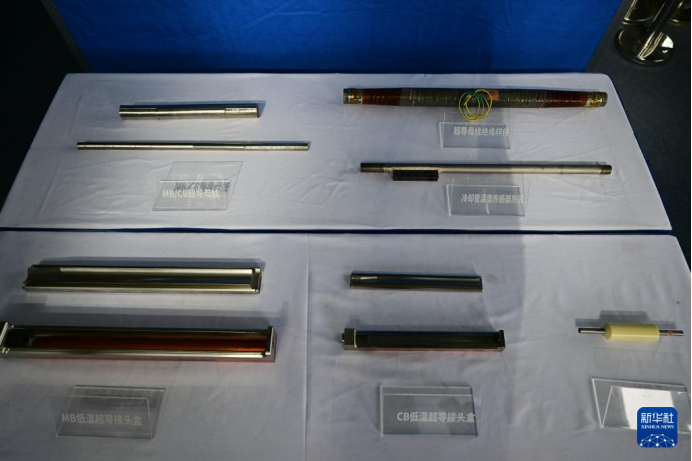
Key parts of ITER's feeder system (photo taken on April 11). Photo by Zhou Mu, Xinhua
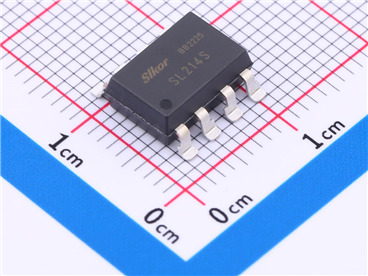
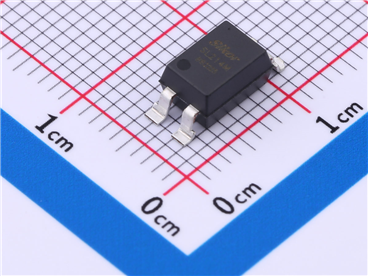


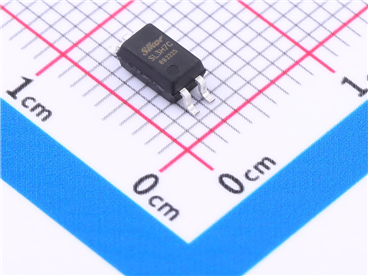

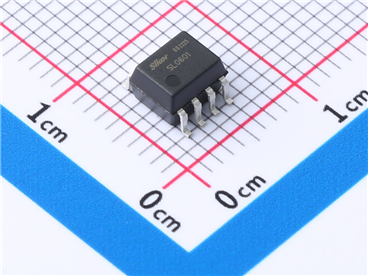


Site Map | 萨科微 | 金航标 | Slkor | Kinghelm
RU | FR | DE | IT | ES | PT | JA | KO | AR | TR | TH | MS | VI | MG | FA | ZH-TW | HR | BG | SD| GD | SN | SM | PS | LB | KY | KU | HAW | CO | AM | UZ | TG | SU | ST | ML | KK | NY | ZU | YO | TE | TA | SO| PA| NE | MN | MI | LA | LO | KM | KN
| JW | IG | HMN | HA | EO | CEB | BS | BN | UR | HT | KA | EU | AZ | HY | YI |MK | IS | BE | CY | GA | SW | SV | AF | FA | TR | TH | MT | HU | GL | ET | NL | DA | CS | FI | EL | HI | NO | PL | RO | CA | TL | IW | LV | ID | LT | SR | SQ | SL | UK
Copyright ©2015-2025 Shenzhen Slkor Micro Semicon Co., Ltd